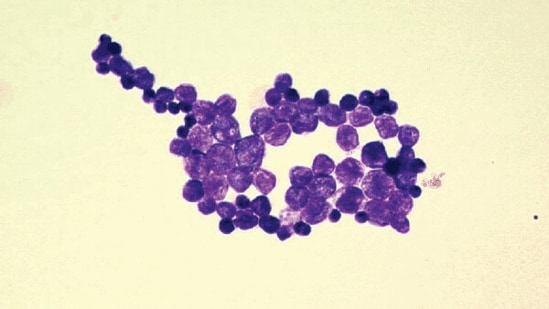Infection
Scientifically Speaking | The Mysterious Cases of Algal Infections
The lesson is that our planet is full of many life forms that continue to surprise us. Even the most unlikely organisms—such as algae—can threaten human health
Sometimes, I ponder the possibility of discovering life beyond our planet, a breakthrough that would profoundly reshape our understanding of biology. More frequently, however, I find myself fascinated by the biological mysteries that still abound on Earth. Our planet is teeming with diverse life forms whose complexities we’ve only just started to uncover.
Take algae, for example. We envision algae as tiny, green entities that create their own food through photosynthesis. While this generalisation rings true for most known algae, some variations defy these norms. Some algae lack chlorophyll—the vital component enabling photosynthesis, which also gives other algae (and plants) their distinct green colour.
Even more surprising, there are algae that can cause infections in humans.
Fret not. The chance of us contracting an algal infection—whether from green or non-green varieties—is exceedingly low. Despite their widespread presence in the environment, algal infections in mammals are quite uncommon.
The intriguing nature of these rare occurrences led me down a virtual rabbit hole of information. I’ve scoured both archived medical journal articles and contemporary scientific reviews to gain a better understanding of this mysterious phenomenon.
Algae are incredibly diverse and most are harmless. But two kinds of algae, Prototheca and Desmodesmus, have been linked with rare cases of human infections.
Despite their kinship with green algae, Prototheca species lack chlorophyll and don’t photosynthesize. Some of these species can infect various animals, including cats, dogs, horses, buffalo, and goats. A handful of Prototheca species that affect cattle and humans have proven to be the most detrimental.
According to a 2021 review published in PLoS Pathogens, there’s limited understanding of how Prototheca infects people and triggers disease. Infections in humans likely result from exposure to open wounds. These infections are chronic, progressing over time and, in some cases, fatal.
Prototheca appears to have developed a mechanism to elude detection by the immune system. This evasion strategy is still pretty much a mystery. Fortunately, no cases of cattle-to-human or human-to-human transmission have been documented, indicating that people are not at risk of becoming infected by others carrying the algae.
Green algae infections in humans are even rarer than those caused by Prototheca. The first documented case, recorded in the American Journal of Clinical Pathology in 1983, involved a young woman who developed a persistent foot infection after exposure to algal-contaminated river water while canoeing. Initial clinical tests failed to identify the culprit, but more powerful observations with an electron microscope revealed the presence of chloroplasts—the photosynthetic machinery within algal cells. This discovery indicated this was an infection no one had seen before. Thankfully, the woman made a full recovery.
Fast-forward to 2015. Two separate cases of healthy men contracting green algal infections through freshwater injuries were reported in a letter to The New England Journal of Medicine. Neither case involved a common disease-causing microbe. Instead, green colonies grew in cultures, suggesting the presence of chlorophyll-containing algae.
This time, researchers were able to take the analysis further. DNA analysis identified the infectious green alga as Desmodesmus armatus. Fortunately, both men recovered fully after surgical wound cleaning, with no lingering algal infections.
So, what conclusions can we draw from these green and non-green algal invaders? Beyond these sparse reports of infections with algae, there’s not a whole lot that is known. We’re still in the dark about why certain algae cause disease or select specific hosts. It is also perplexing that some green algae, which can synthesize their own food from sunlight, infect humans under the right circumstances.
We are more likely to be infected by viruses, bacteria, fungi, or other parasites than by freak occurrences with infectious algae. But I think dismissing these bizarre cases of infection misses the point. The broader lesson is that our planet is full of many life forms that continue to surprise us. Even the most unlikely organisms—such as algae—can threaten human health.
Anirban Mahapatra is a scientist by training and the author of a book on COVID-19. The views expressed are personal.
Experience unrestricted digital access with HT Premium


